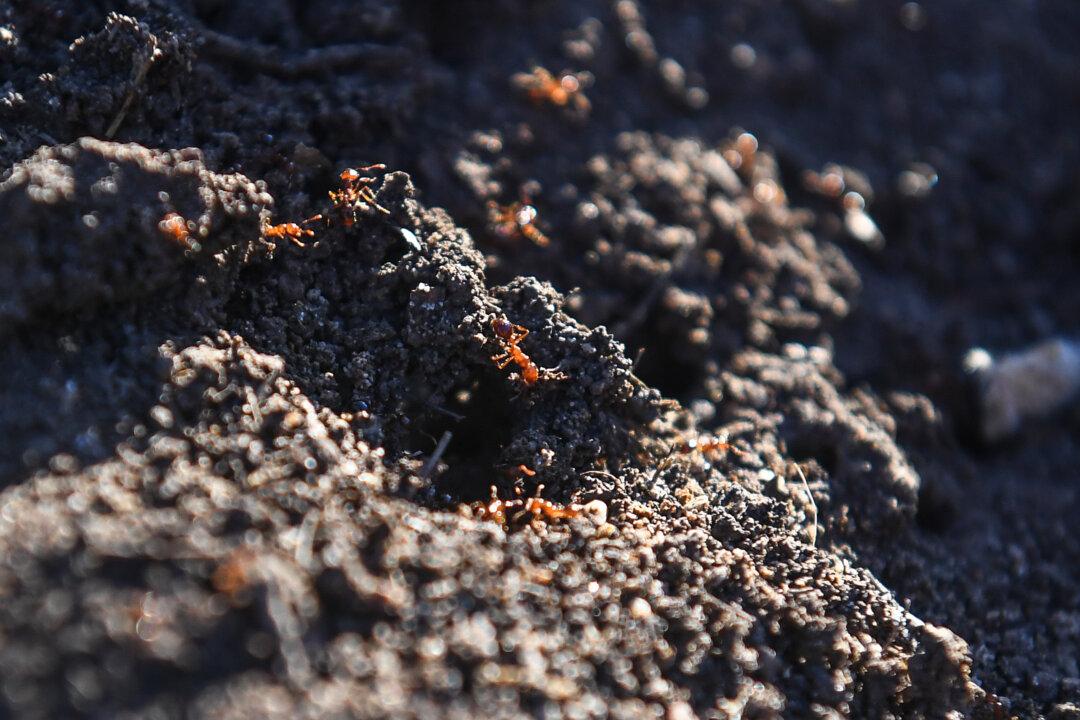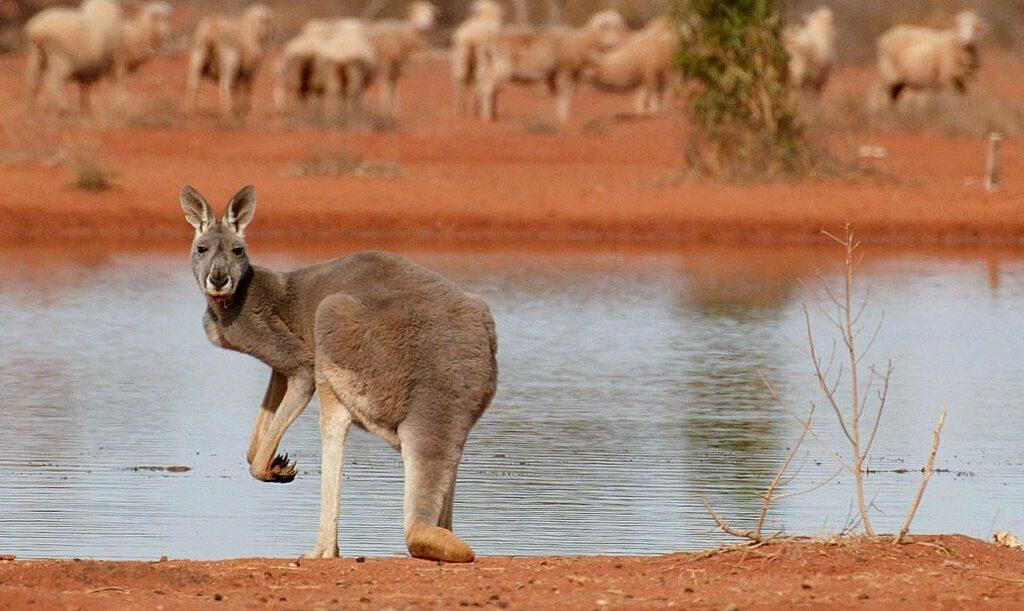A new biosecurity order has been put in place to prevent fire ants from entering New South Wales (NSW) from Queensland, which experts fear will become “worse than rabbits, cane toads, foxes and feral cats combined.”
The super pests fire ants were found on the Gold Coast near the border with NSW in a nest on private land used as a pony club.





